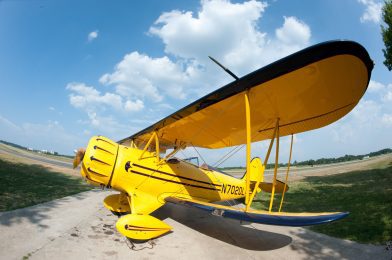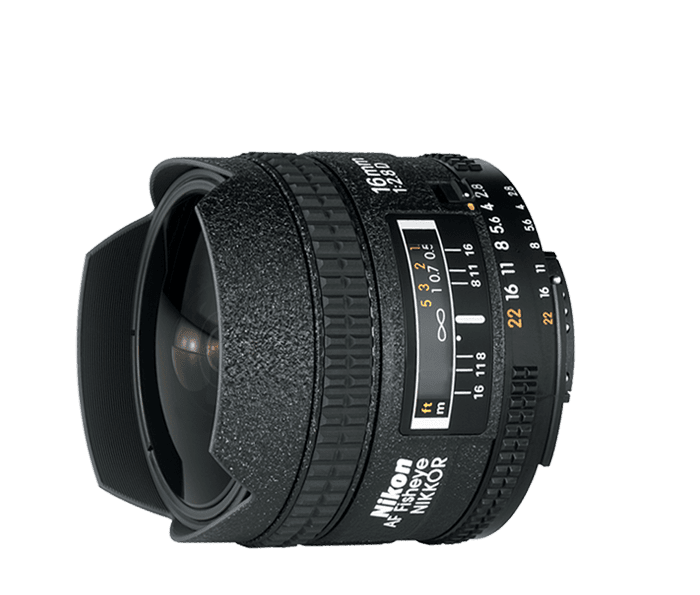Waco YMF Biplane
Years ago, I found myself in some pretty small areas. While photographing research labs, I was photographing what felt like the inside of a closet. So finally, I bought a fish eye 16mm Nikon f/2.8 lens. It gives me a 180-degree view.
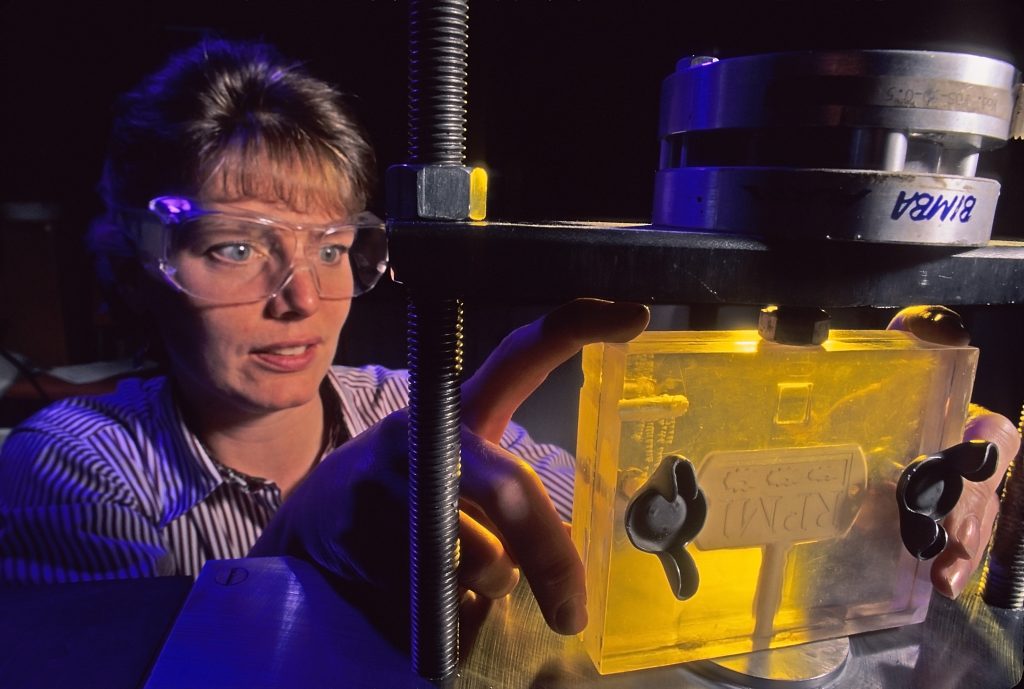
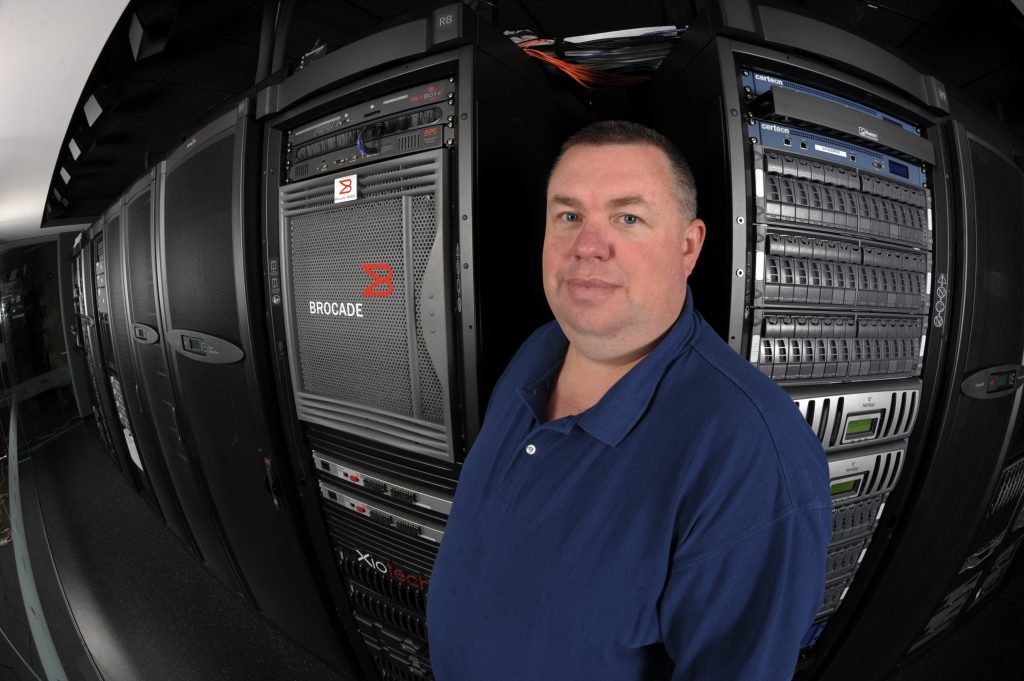
This past weekend, it came in handy to help capture what it was like to ride in a biplane for my wife and me.
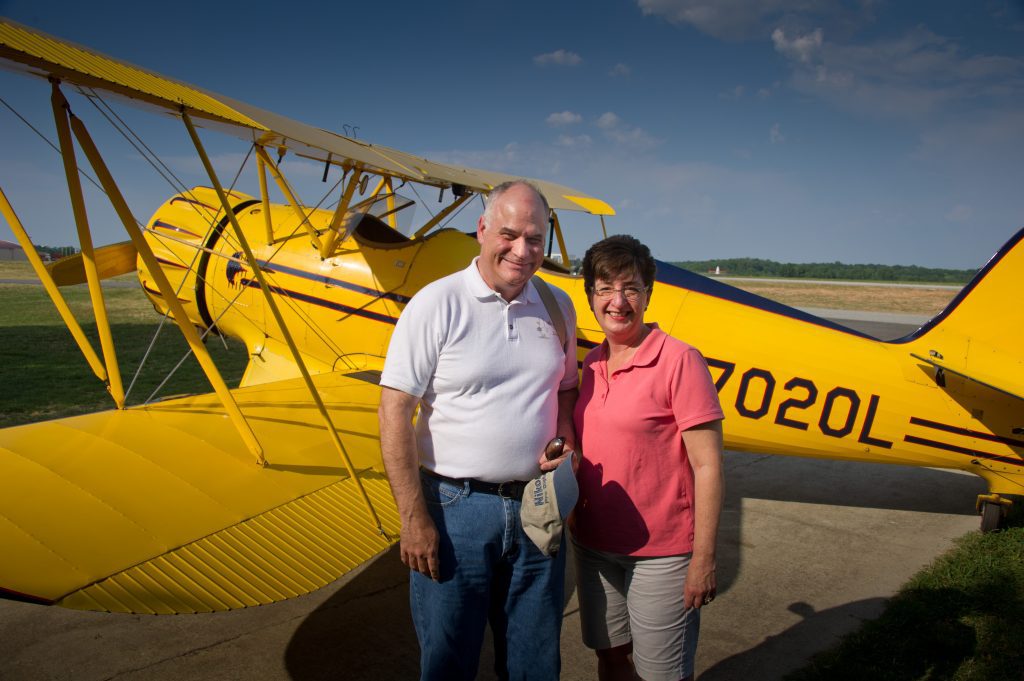
Any standard wide-angle lens would give me a portrait at best and not capture the environment. So if you have very little space, this lens will help you capture the small room.
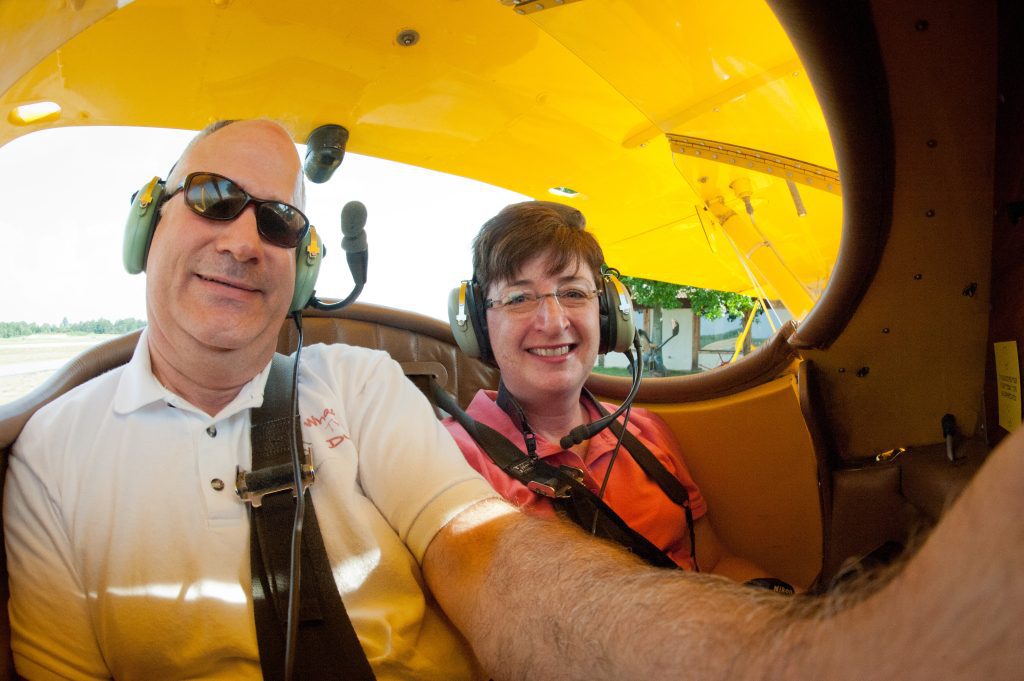
Sometimes you have a big sky and want to capture the things close to the camera and the expanse around it. Here shooting out of the cockpit, I caught the feeling I had being in the cockpit and looking out. What did I want the photo to do for you–I wanted you to get an excellent feel for flying. How did I do?
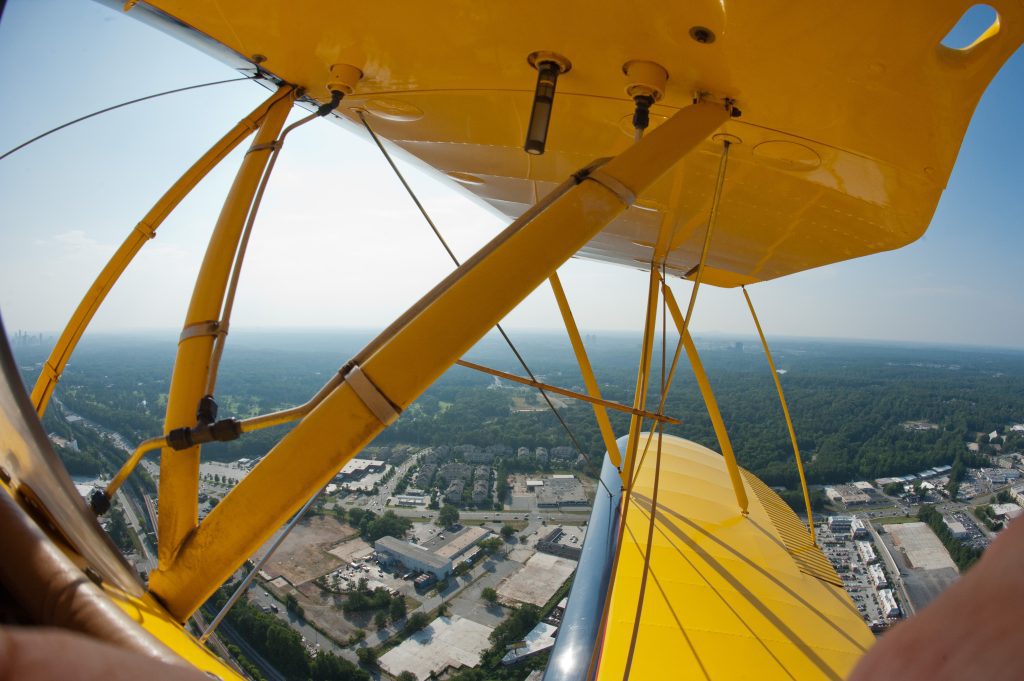
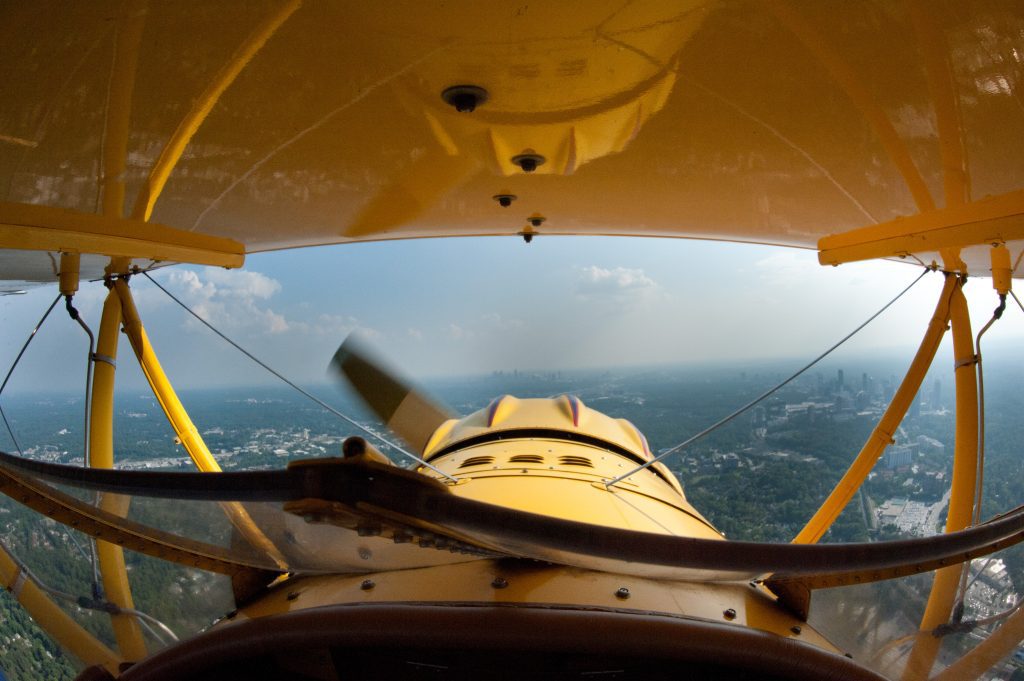
When you are in tight spaces like a room the size of a closet, the 16mm helps you get wide enough. What surprised me is how often, in the big open spaces, the 16mm can work and give you a unique and intimate view.
What are some ways you have used a fish eye lens? Let me hear from you in the comments below.

